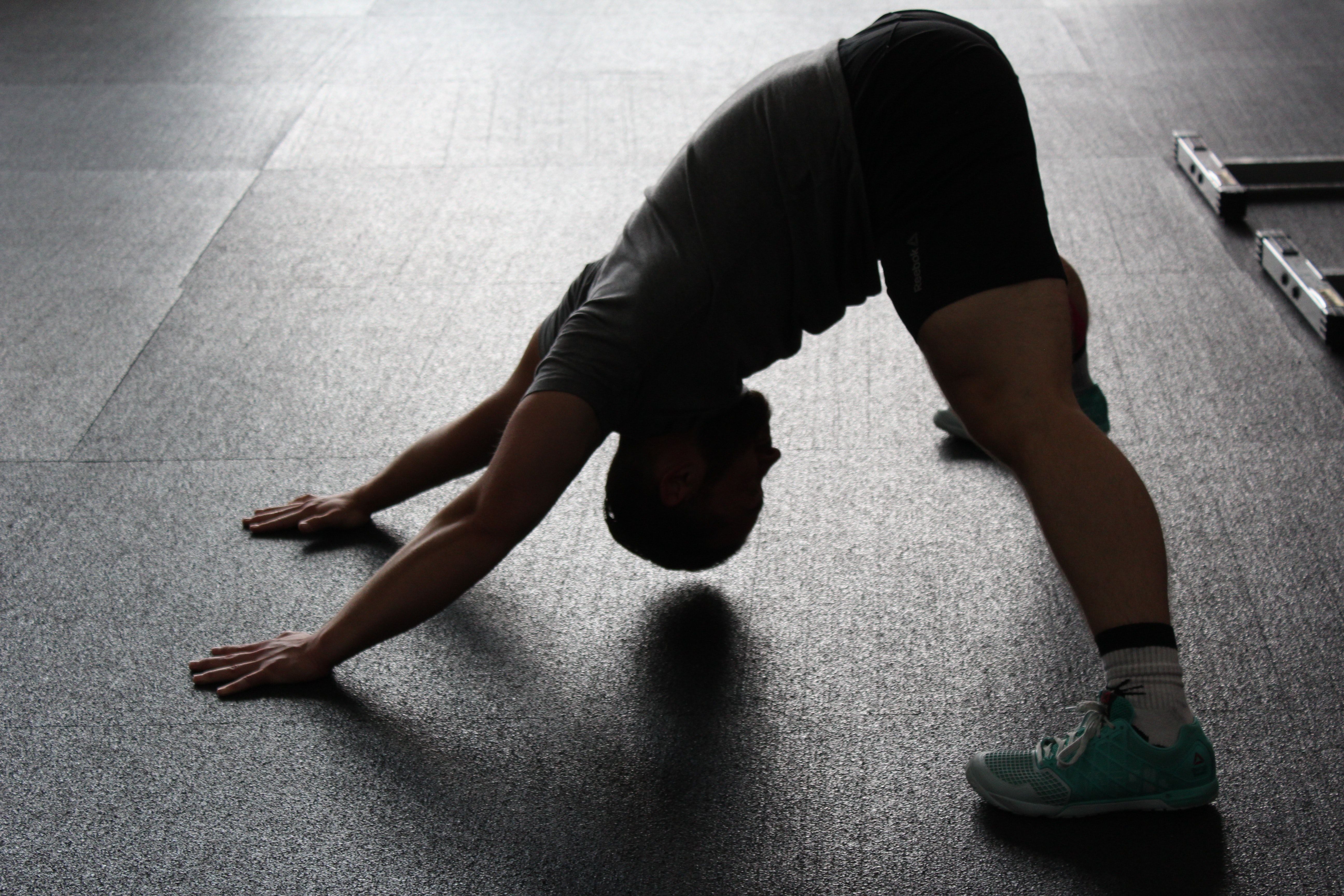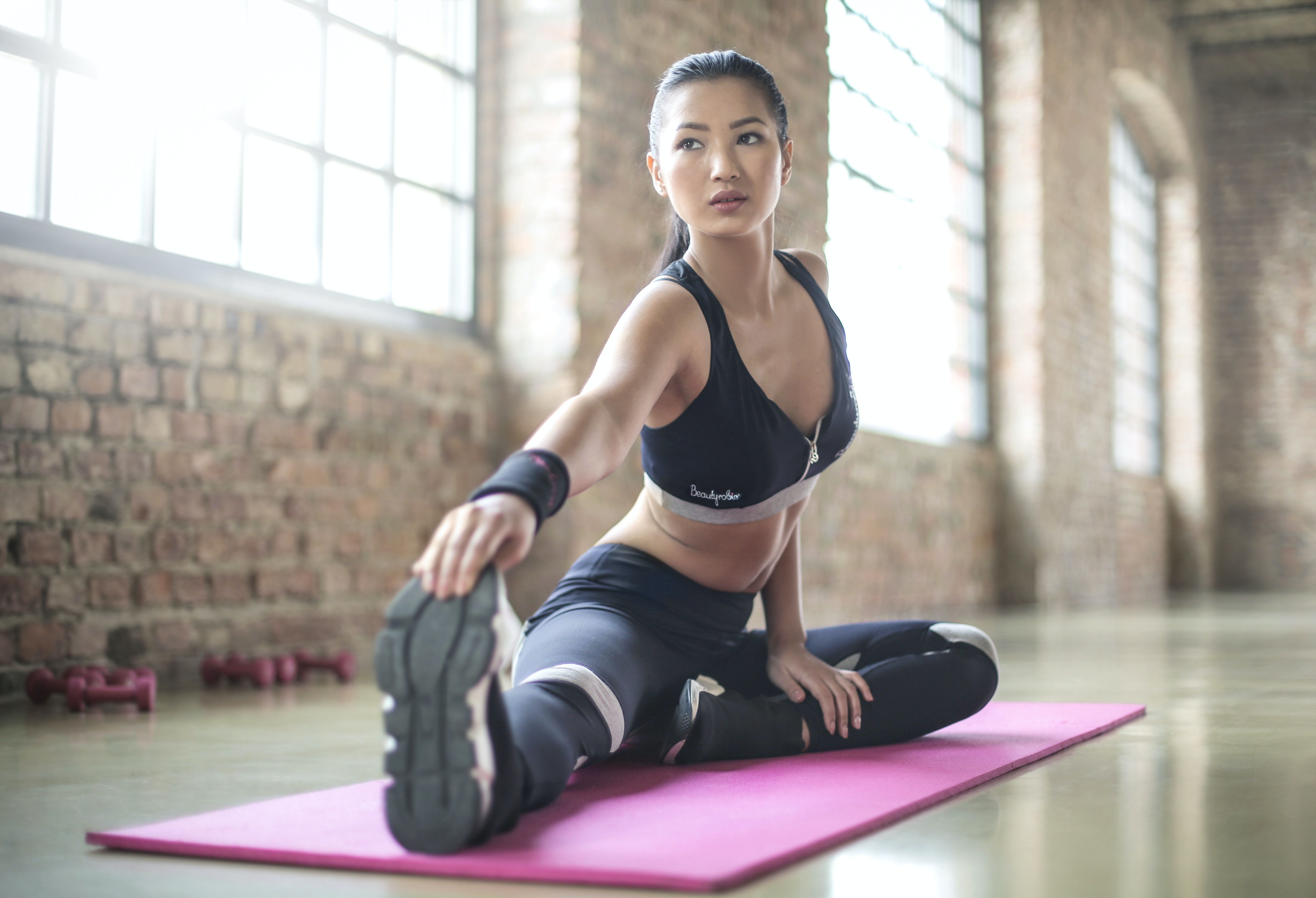Stretching Benefits: Mental and Physical Health



Stretching is aimed at developing flexibility, muscle stretching and joint mobility. Flexibility is one of the main physical qualities, along with endurance and strength, by which a person's health is assessed. Stretching is not just splits, as it is commonly believed, but a full-fledged training that involves the muscles of the whole body. Stretching may provide a variety of benefits. People can perform stretching exercises anywhere and at any time. Regular stretching sessions may help increase flexibility and reduce the risk of injury. In this article, we consider benefits of stretching. However, as in any other physical activity, regularity and systematicity are important in stretching.

1. Blood flow
Dynamic stretching improves blood flow to your muscles and gets them moving. This improved circulation helps your cells get the oxygen they need for physical activity. Stretching helps improve flexibility and, as a result, range of motion. The ability to move joints through a full range of motion helps protect against injury.
2. Physical performance improvement
Regular stretching can help you exercise better because it helps prepare your muscles for movement and improves flexibility and range of motion. Stretching keeps muscles flexible, strong and healthy.
3. Stress relief
Stretching helps relax tight muscles while also taking personal time to focus on your body and slow down. Moving intentionally and slowly allows you to take time to breathe, notice your surroundings, pay attention to yourself and decompress. When your breath and heart rate slows down, you become calmer. Stretching can help you feel more comfortable and pain-free as you move. It may improve mood and cognitive performance, helping people feel calmer and more focused on tasks.
4. Posture
Poor posture happens so gradually that it may be hard to notice you are starting to hunch over. But you may notice that you are starting to experience neck and back pain and stiffness. The correct posture when we are sitting or standing can affect the whole body - your nerves, blood flow and muscles. Fortunately, you can help correct your poor posture by doing stretches and exercises. The exercises focus on strengthening your core and your lower back muscles, which are the areas you need in order to have good posture.
5. Aches and pains prevention
Having muscles that are strong and flexible encourages optimal use, like holding proper posture while sitting all day or lifting a heavy item correctly. It also reduces the chance of those all-too-common aches and pains, like a sore neck or back. Stretching can help to alleviate pain by loosening up tension in the muscles and increasing blood flow to the area. Stretching the neck and upper back can be particularly beneficial for alleviating certain headache types.
6. Better sleep
Sleep is important for our well-being - physically and mentally. Stretching, as part of yoga, can improve quality of sleep by reducing mental stimulation. When you're still, or stretching and breathing we go from sensory overload to a sense of slowing down and a quality of ease begins to run throughout the body.
7. Mental clarity
Sometimes we just need a way to mentally digest the day and calm our bodies and mind down. Static stretching activates your parasympathetic nervous system. Your parasympathetic nervous system is responsible for your rest and digestion functions. It helps induce feelings of calmness and relaxation.
Experts recommend practicing at least twice a week, and if possible, increase the number of trainings. The optimal duration of the session is one hour.

Stretching is good for people of any age, but there may be several contraindications: problems with ligaments and joints, spinal disease, hernias, arthritis, diseases of the cardiovascular system.

